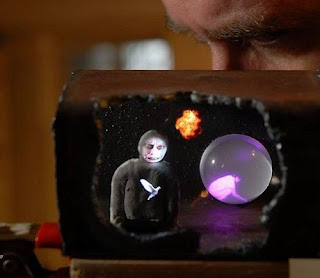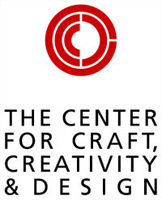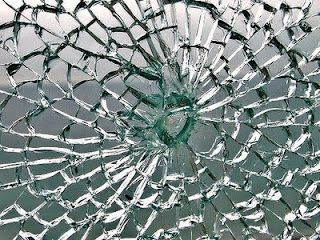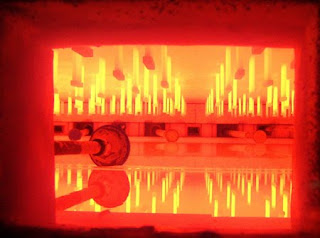The Internet and social network groups continue to create changes and offer options in art criticism and discussions. A new Facebook group “Glass Secessionism” has sprung up, creating a venue for artwork with a narrative or content-driven aesthetic.
According to the group description: The intent of this group is to underscore and define the 21st Century Sculptural Glass Movement and to illustrate the differences and strengths compared to late 20th century technique-driven glass. While the 20th century glass artists contributions have been spectacular and ground breaking, this group focuses on the aesthetic of the 21st century.
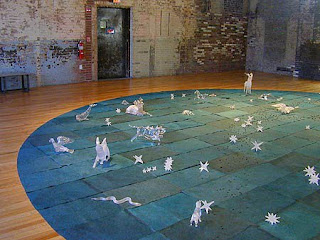
The object of the Glass-Secession is to advance glass as applied to sculptural expression; to draw together those glass artists practicing or otherwise interested in the arts, and to discuss from time to time examples of the Glass-Secession or other narrative work. This movement is modeled after Alfred Stieglitz and the Photo-Secessionists and how they redefined photography.
It was said of Stieglitz” What, then, was this secession from? It was not only from artwork that had gone stale through the copying of Victorian, conventional styles, but more importantly from the dictatorship of the entrenched institutions, galleries, art schools and professional art organizations that enforced or at very least sanctioned copying or imitation.”
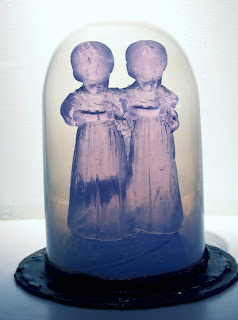 Stephen Paul Day & Sibelle Peretti
Stephen Paul Day & Sibelle PerettiKeep in mind, by Glass Secessionism it is not to say that we as artists are seceding from glass, just from the aesthetic of purely technique, material and process driven sculpture. There is no disrespect meant towards technique driven work. Glass Secessionism is a different branch of the glass tree. Think of them as separate but equal.
Glass Secessionism, with notable exceptions, is focused on 21st century sculptors in glass – and can include mixed and new media. There is a strong movement which begins at the graduate school level, to focus more on the narrative content and less on materiality. The newest emerging artists in glass tend to be much more focused on this direction.
 Christina Bothwell
Christina Bothwell
Glass is finally being allowed to be just another sculptural medium. The fine art world is certainly beginning to take notice, as so many notable fine art galleries and museums (not focused on glass in the past) are allowing and, in fact, promoting work and artists that are glass based.Members are encouraged to post and share their own or others examples of 21st century glass sculpture and open discussion topics regarding this issue. Click HERE to jump to the Facebook group.
